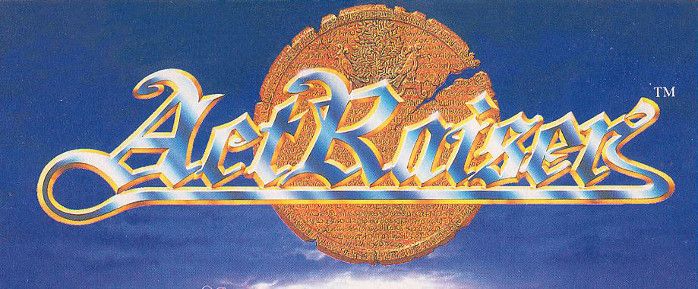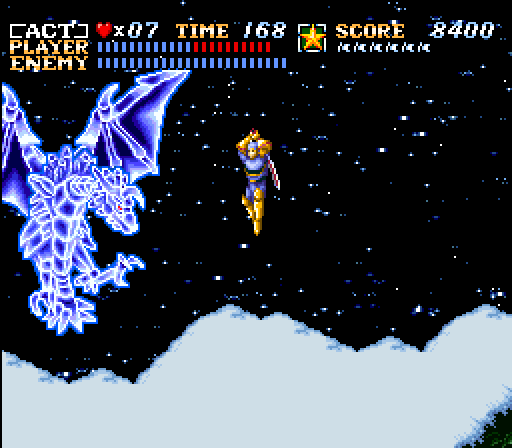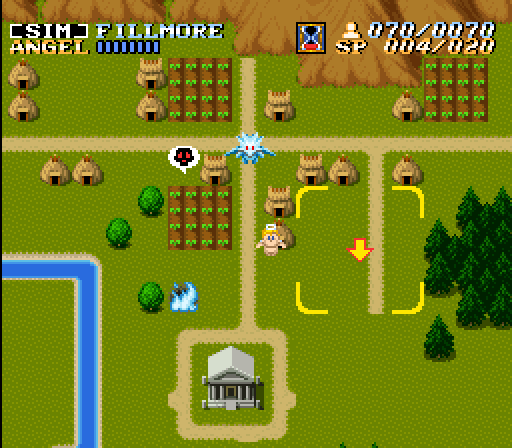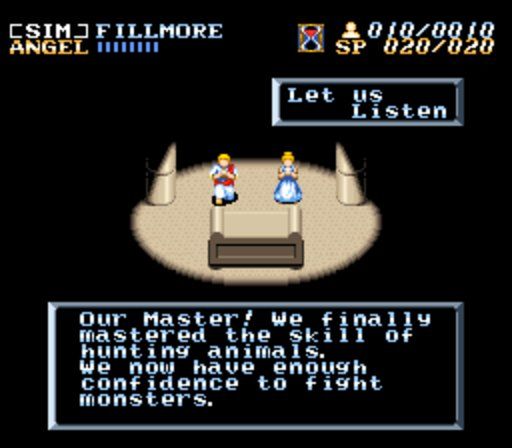Out back of the Hardcore Gamer office you’ll find our Graveyard, where countless long-dead classics lie. We come here to pay our respects, to reminisce, and to wonder aloud what a passing mad doctor might be able do with all these corpses and some high-definition lightning.
ActRaiser was one of the earliest titles for the SNES, and caught the eye of many players because of how great graphics looked compared to what was available on Nintendo's 8-bit system. Most of the screenshots that were shown in magazines for ActRaiser made it look like a medieval fantasy hack and slash action game, but that was only part of the equation. ActRaiser combined action platforming with civilization managing simulation. Under these two different game play sections there was a story that had heavy religious tones to it that were still obvious despite Nintendo of America's best efforts to censor them.
In ActRaiser the player assumes the role of the Master, changed from God in the Japanese version, though it is pretty obvious from playing the game that the Master is God. The player never actually gets to directly control Master. During the action sequences the Master breathes life into a statue of a warrior who fights with a sword and various magic spells. In the civilization management, portion the player takes control of an angel who fights the monsters that want to the destroy the city and serves as a liaison between the people and the Master. During the menu screen inside the sky palace the angel is looked at from a first person perspective, creating the illusion that you are being talked to directly by him.
The story is many centuries ago the Master was defeated in a great battle against Tanzra and his six lieutenants. The Master retreated to the sky palace and fell into a deep sleep to recover from his injuries. During this time Tanzra (Satan in the Japanese version) divided the six lands into control of each of the lieutenants. The Master wakes up, fully recovered but weaker than he was before the battle. The lands are now occupied by Tanzra's goons and there is no sign of civilization on any of them. The Master then decides to possess some warrior statue and charge into battle.
Each of lands has two action levels called acts. One of them needs to be completed to build a shrine on the island to begin repopulating, and the other to cleanse the land of evil once society has been restored. These are side scrolling affairs where the Master runs, jumps, and hacks the enemies to death and eventually will be able to use different magic spells in battle. For its time the graphics were very impressive, with large boss battles. Certain levels have themes to them. Fillmore for example has the bosses based off Greek mythology, being a centaur and a minotaur. Kasandora, the desert area has a giant insect monster as a boss of the desert stage and a pharaoh's sarcophagus in the pyramid portion. We are talking about a 26 year old game so no one would be impressed by the graphics today, but they were among the best at the time of release and certain levels still have a certain beauty to them particularly the snow covered Northwall, who was ruled over by the arctic wyvern, a monster so beautiful to behold I almost felt remorse about having to kill it.
The simulation portion was something I wasn't expecting when I first played the game but ended up being a very enjoyable part of it. This is where the player takes control of the angel, who uses bow and arrows to attack the monsters that try to undo the progress in rebuilding society. There are four types of monsters that will try to prevent the rebuilding of society: napper bats, blue dragons, red demons and skull heads. Napper bats will kidnap citizens and fly away with them, though if they are dispatched before they leave the screen the people will fall to the ground and will not be subtracted from the population. Blue dragons will use lightning bolts to destroy houses and kill the inhabitants and red demons will dry up crop fields. Skull heads are a pain, they will cause an earthquake and destroy all houses that aren't level three and all corn fields. Before the second act of any area can be unlocked, all monster lairs must be sealed.
Killing big flying monsters is only part of what needs to be addressed in this mode. The area begins with a shrine and a population of two people. The Master needs to use his miracles such as lightning, rain, wind and so on to clear paths for the people to develop the land. The people will sometimes find things to offer to the Master, such as magic spells or power ups for the angel, but they will also request favors, such as restoring power to the windmills. Since the Master has awakened and Tanrza's goon squad is terrorizing the land, the people have an open dialog with the Master and them seem to have a very good reciprocal relationship where they give the Master offerings and the Master protects them and guides them in rebuilding society. World population serves as the experience points in which the Master levels up, and when the town reaches level three it is not a bad idea to destroy all level one and two structures so level three structures can be built in their place, allowing the Master to reach a higher level.
The ending of ActRaiser is in my opinion one of the more interesting things about the game. Once Tanzra is defeated and the world is rid of all monsters, the people are no longer in need of the Master. The shrines are visited, but they are empty. This game is one of the first experiences I had where could take on the role of a god, and found that once there was no longer a threat where I needed, the people I tirelessly served had turned their back on me. Which of course brings about the questions that occur in such an existential crisis, did I do well and guide them down the path that led to self sufficiency, or were they simply only communicating with me because they needed what I can provide? Or, from the perspective of a god, were they still faithful, but practicing their faith in a more personal way that did not require them to set foot into the shrine? Or since they have attained self sufficiency with no immediate evil to threaten them, had I become obsolete and they were no longer in need of me? Or was my ten year old self putting way too much thought into a video game?
Regardless of the answers to the questions presented in the last paragraph, ActRaiser is a great action RPG/simulation hybrid. Spiritual questions have been addressed in much more depth in games that were released since, and some of the magic may have faded from the game with myself being older and technology having advanced well beyond what was possible in 1991, but not too terribly long ago I put the game through its paces on the Virtual Console and it does still hold up today. I would recommend this title to anyone who feels like revisiting an old classic, and definitely recommend to any SNES fan who has not had the pleasure of enjoying this title.




